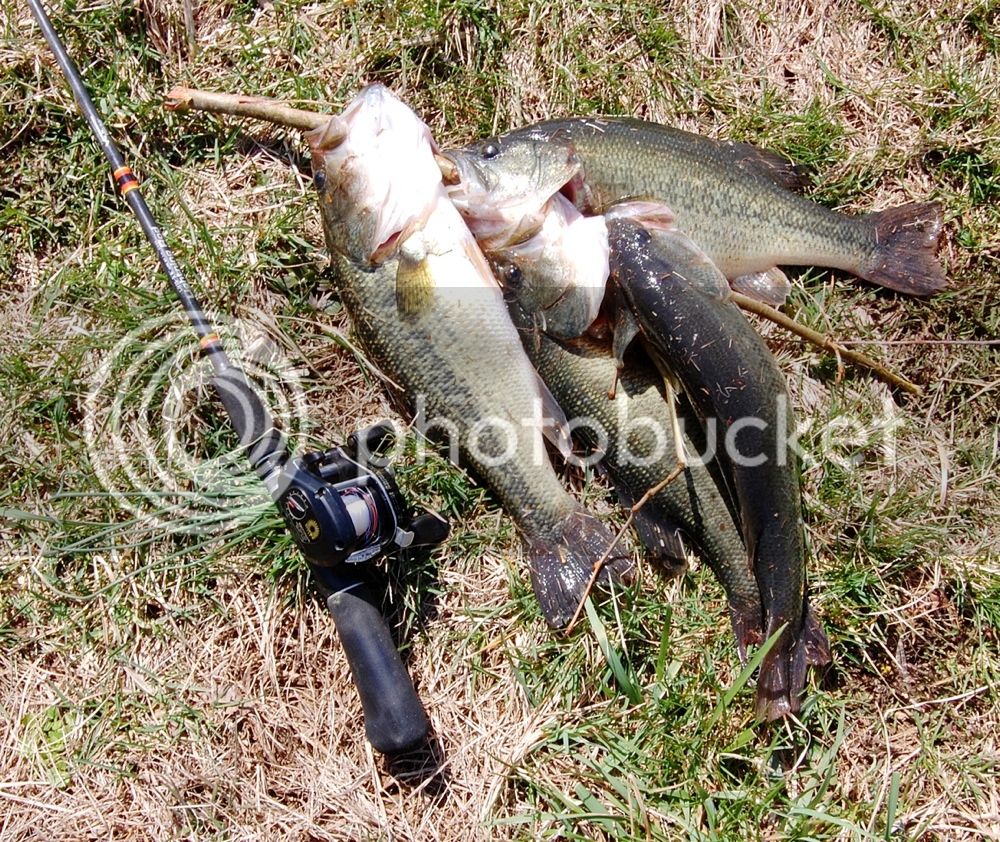When I got my first flintlock smoothbore in 1997 I had considerable difficulty making the transition from rifles with two sights to a smoothbore with only a front one. It took me several months to get comfortable with the gun. I eventually did, but only at fairly short ranges. I fired over a chronograph and found the ball had a near-MV of 1475 fps. With that info I worked out what seemed a good theoretical trajectory for my needs, and decided to sight the gun in at 75 yards. That would put me 1” high at 25 yards, 1 1/2” high at 50 yards, on the money at 75 yards and 4” low at 100 yards. Theoretically. I did sight the gun at 75, managed to shoot a 3 1/2” group close enough to center. That pretty well covered my needs, since I never figured to shoot deer much further than that, if any. That has turned out to be right, and the gun has served me well at all ranges out to 75 yards with a variety of loads, but never beyond that.
I only ever fired one shot at 100 yards back then. Didn’t need to, had no plans for shooting deer at that range. One day my hunting buddy and I were out and I sat down and took a shot at a 2-liter jug, just from curiosity. The calculations said 4” low, and the shot actually was 5” low, correct for windage. That reassured me that my trajectory was reasonably correct.
Between then and now I’ve heard a ton of discussions about smoothbores at long distance, and it seems to be pretty well accepted opinion that they don’t work well beyond 60-70 yards. That doesn’t agree with my impression from my very limited shooting beyond 60 yards, but it has always made me wonder if it is true. Knuckleball, and all that, you know? I took a trip to the farm to shoot a bit at 100 yards today, just to see what I and my old gun could find out. It wasn’t a good day for it, wind 10-20, whitecaps on the pond, bright sun making my old eyes water. I set up a target at a measured 100 yards, shot using a sandbag on the hood of my Jeep. Had to actually stake the backboard down to keep it in place. I was shooting my 20 gauge flintlock smooth rifle, 46” octagon to round barrel, front sight only. I loaded 85 grains Goex 3F, one 1/8” hard card wad, one 1/2” cushion wad lubricated with beeswax-lard, a home cast .600” ball in a .018” ticking patch cut at the muzzle, beeswax-lard-olive oil lube. Primed with 4F Goex.
My homemade target with a white 6" bull was tough to see, I spent a lot of time waiting for lulls in the wind, and it took me a few shots to begin to get it surrounded, get into the rhythm of things, but after a bit I decided to put up a fresh target and shoot for effect. I fired three times before walking down to inspect. I was pleasantly surprised. No fool I, I called that a session and went fishing. Now, if the whitetails will hold still for a few practice shots they are in big trouble, even way over yonder. I hope they think I'm only dangerous out to 60 yards, too. :haha:


Spence
I only ever fired one shot at 100 yards back then. Didn’t need to, had no plans for shooting deer at that range. One day my hunting buddy and I were out and I sat down and took a shot at a 2-liter jug, just from curiosity. The calculations said 4” low, and the shot actually was 5” low, correct for windage. That reassured me that my trajectory was reasonably correct.
Between then and now I’ve heard a ton of discussions about smoothbores at long distance, and it seems to be pretty well accepted opinion that they don’t work well beyond 60-70 yards. That doesn’t agree with my impression from my very limited shooting beyond 60 yards, but it has always made me wonder if it is true. Knuckleball, and all that, you know? I took a trip to the farm to shoot a bit at 100 yards today, just to see what I and my old gun could find out. It wasn’t a good day for it, wind 10-20, whitecaps on the pond, bright sun making my old eyes water. I set up a target at a measured 100 yards, shot using a sandbag on the hood of my Jeep. Had to actually stake the backboard down to keep it in place. I was shooting my 20 gauge flintlock smooth rifle, 46” octagon to round barrel, front sight only. I loaded 85 grains Goex 3F, one 1/8” hard card wad, one 1/2” cushion wad lubricated with beeswax-lard, a home cast .600” ball in a .018” ticking patch cut at the muzzle, beeswax-lard-olive oil lube. Primed with 4F Goex.
My homemade target with a white 6" bull was tough to see, I spent a lot of time waiting for lulls in the wind, and it took me a few shots to begin to get it surrounded, get into the rhythm of things, but after a bit I decided to put up a fresh target and shoot for effect. I fired three times before walking down to inspect. I was pleasantly surprised. No fool I, I called that a session and went fishing. Now, if the whitetails will hold still for a few practice shots they are in big trouble, even way over yonder. I hope they think I'm only dangerous out to 60 yards, too. :haha:


Spence





